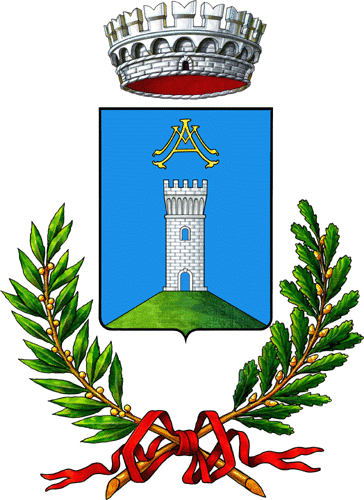
- Altitude:
- 795 m
- Surface area:
- 45 km²
- Current population:
- 839
- Patron Saint:
- Santa Maria Nascente
- Hamlets:
- Cagnoletti, Bianchi, Centro, Ciappanico, Cristini, Prato, Sant'Anna, Tornadù, Zarri
Torre di S. Maria is the second municipality you meet as you travel through the Vamalenco.
Located mostly on the right-hand bank of the Mallero torrent, it is one of the oldest settlements in the valley, due to the fact that right next to the village of Torre is the main road, the so-called
road of the Muretto pass
which crossed the Ponte Nuovo to the right bank of the river and led to Rezia (Switzerland).
This major road definitely helped some of the first settlements to flourish in this area, and encouraged the people of Sondrio, in particular, to permanently settle here, as they had been accustomed to come up the Valmalenco since early times in search of new pastures and lands to exploit.
As a result of the feudal power of the Capitanei family of Sondrio over the entire Valmalenco during the Middle Ages, a fortified building was constructed or restored near the village of Campo in a position overlooking the village and the road.
It was known as the Torre [tower] and from then on gave its name to the village.
A little later on, the church dedicated to
St. Maria Nascente was built, and consecrated in 1405.
This building guaranteed a religious service to the ever increasing population, which was settling in this and in the surrounding villages of
Melirolo and Bondoledo.
The resulting rise in the population and a subsequent need to find new spaces for agricultural and pastoral activities were probably the reasons why the community expanded into the surrounding territory at very different altitudes and in places which were some distance from the village centre.
Thus, numerous other settlements were established and developed into the current districts of the village.
For several centuries, Torre di S. Maria was part of the “Magnificent Valley of Malenco”, a political and administrative body established by the communities of Chiesa, Caspoggio, Lanzada and Torre, and dependent on the Municipality of Sondrio.
In the same way as the rest of the Valley, the history of Torre also followed the political events connected with the changing of the numerous dominions: from Visconti to Sforza until 1512, to that of the Three Leagues from 1512 to 1797, from the Napoleonic reign to that of Austria.
At the beginning of the Kingdom of Italy in 1861, the village of Torre on a parr with the other Valmalenco communities and, more generally speaking with all the Alpine communities of the Valtellina, saw no economic and financial improvement:
the scarce income from agricultural and pastoral activities and the iniquitous taxes imposed compounded the state of poverty of the local population.
The tourist industry which was to begin in the twentieth century and become established in the Valmalenco, only partially took root in the village of Torre.
Thus, many inhabitants were forced to emigrate, first to the Americas and Australia, and then more recently to the towns and cities in the plains, and in particular to Sondrio.
The final decades of the last century and the early years of the new century saw a discreet increase in construction in the municipality of Torre, perhaps due to a more favourable local economy.
This phenomenon is slowly changing the face of the village: its location along the Valley road, the increase in traffic and trade, and the presence of some important services for the community are contributing to make this village burgeon once again and make it the hub of an interesting system of districts, which continues to be active and alive today.